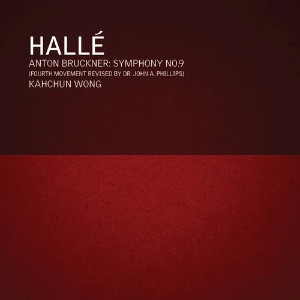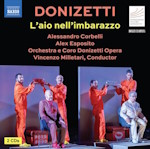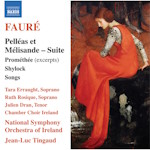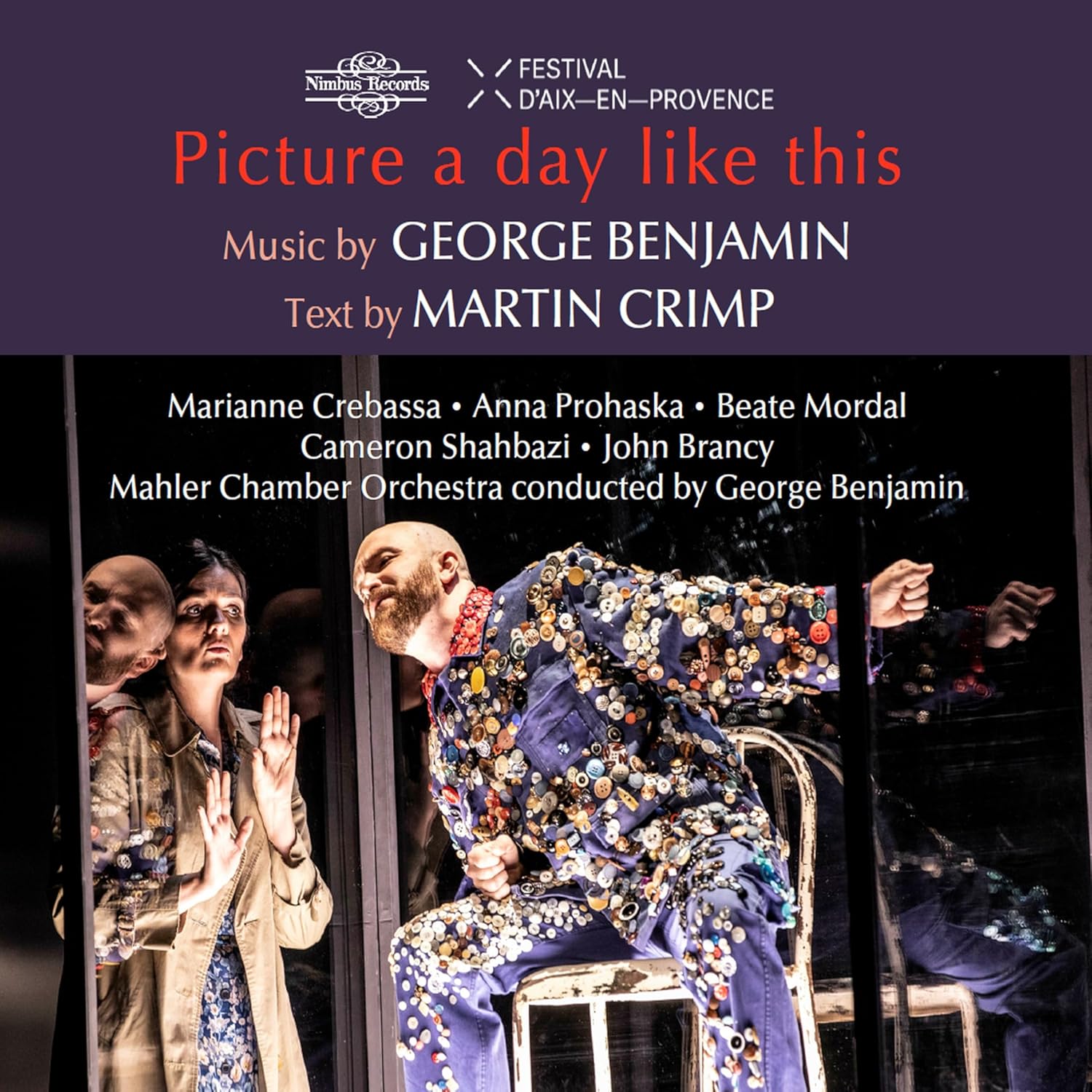
Anton Bruckner (1824-1896)
Symphony No. 9 in D minor, WAB 109 (1887-96)
Dem Lieben Gott (To the Dear Lord)
(mvts. 1-3 ed. Kito Sakaya; performing version of the Finale 1983-2012 by Samale, Phillips, Cohrs & Mazzucca; rev. Phillips 2021-22*)
Hallé/Kahchun Wong
*first commercial recording of the fourth movement
rec. live & in rehearsal, 26 October 2024, The Bridgewater Hall, Manchester, UK
Hallé CDHLD7566 [2 CDs: 89]
Simon Rattle’s 2012 recording with the BPO is widely acknowledged as the best account of Bruckner’s Ninth Symphony with the SPCM finale and indeed it is my own favourite of that version (review) – surprisingly, as I rarely enjoy Rattle’s Bruckner – and rank it alongside Gerd Schaller’s own completion (review). Here, for the first time in a recording, is John Phillips’ further revision of that confection of which he was one of the four contributing participants. Of course, many Brucknerians reject the very idea of any such completion being necessary but they are amply provided for in a host of excellent three-movement Ninths going back decades; this rarer production is for the aficionado who is intrigued by hearing a notion of what Bruckner might have composed had he lived to complete it. Dr Phillips’ notes go further in justifying the ethos of this recording with this bold – if controversial – statement, “Including a reconstruction of Bruckner’s intended Finale does far less injustice to Bruckner’s conception of his Ninth than reducing it to three movements.”
Phillips’ own notes to this issue do not overwhelm the listener with technical or musicological detail; he simply outlines the clues Bruckner left behind to aid in the reconstruction of his intent, paying particular attention to the coda, its final statement of the chorale and concluding “hymn of praise”, the last being cognate with that he provided for the almost contemporaneous Helgoland, the composer’s last completed work.
We are not told to what extent Kito Sakaya’s edition of the first three movements differs from Nowak and indeed there seems to be no information extant regarding it. I can only say that nothing about it strikes me as especially untoward. That is not quite the case with conductor Kahchun Wong’s tempi, as he takes considerably more time than most over the first movement and Scherzo. Although the opening of the symphony immediately makes its mark with that magical horn call, as the movement unfolds, I find myself wishing that Wong would push it just a little more and generate greater momentum. A glance at its duration of 27:28 confirms that compared with, for example, a fairly recent recording conducted by Yutaka Sado that I very much liked, Wong is taking three minutes longer. Feierlich, misterioso, yes – but not langsam…Yet at 15:45, the sudden acceleration is almost brutally overworked; it does not smack of being part of a carefully calculated overview but more of a hastily applied gimmick – and several, subsequent sudden leaps forward strike me as rather crude. Some listeners do not mind a more overt pulling about of tempo of the kind which endears Jochum’s Bruckner to his devotees; I prefer a grander, “steady-as-she-goes” approach.
My favourite Bruckner mantra has long been that his scherzos are bullet-proof unless subject to perverse treatment. This one certainly makes it mark – but again, I find the opening demonic dance just a touch too deliberate but if you like it sonorously emphatic this will please – and the Trio skips along enticingly. For me, however, the final two minutes are more leaden than imposing.
The paradoxically mournful but sublimely lyrical Adagio is, as ever, crucial and it is here where we hear the best of this performance; for the most part, I cannot fault it. The great, central climax at 13:00 is aptly overwhelming and the subsequent Gesangsperiode moves gracefully from bucolic insouciance into turmoil in one grand sweep, and my absolute favourite point in the movement, the “sunlight burst” at 16:14 is so delicately executed, on a thread of shimmering sound. The second, dissonant climax beginning at 20:20 is likewise wonderfully potent, the coda serene – although I would have liked a lighter touch on the four-note, descending octave string sequence under the Wagner tubas.
The reconstructed finale really hangs together well; it helps that by now, after so many years and so many different attempts based on the surviving fragments, main themes such as the opening “jagged leaps” and third chorale theme are now familiar old friends to audiences and listeners, interpretative variations notwithstanding. I experience no sense of disjuncture or fragmentation in the fabric of this confection for at least ten minutes into the movement up to the Te Deum theme but start to wonder if the well of inspiration and invention isn’t running dry for a couple of minutes thereafter until momentum and direction are regained with the resumption of a magnificent chorale at 12:56. The triumphant coda is more than a little reminiscent of the Wagnerian ending to the Third Symphony. Any lapses in attention on my part are certainly not the result of Wong’s or the Hallé’s failure but more attributable to the reconstruction which, admirable though it be, must inevitably be no more than a paler approximation of what Bruckner could have written.
I have been shocked by some recent assertions from a particularly opinionated critical source on YouTube that the Hallé has always been at best a second or even third-rate orchestra. Evidence in the form of former music director Mark Elder’s live performances and studio recordings of Elgar, Verdi and other staples give the lie to such an absurd claim, and they in no sense lack tonal weight, beauty or cohesion here. Their new principal conductor, Kahchun Wong, has only very recently taken up the reins and inherited a superb outfit; passages such as the powerful climax to the first movement and the sheer, pure, singing quality of the Adagio give ample proof of that. The Wagner tubas are a special delight.
There is virtually no betrayal of an audience being present – I hear one unwanted noise only – before the wild applause and cheering at the end and the sound balance is impeccable; kudos to the producer and engineers.
This, for me, really is a performance of two halves, the first subject to vagaries in tempo which impede coherence, but the second triumphant. My preference for the four-movement version, however, remains with Gerd Schaller’s own completion as even grander and more dynamic – and more consistent overall.
Ralph Moore
Buying this recording via a link below generates revenue for MWI, which helps the site remain free




















